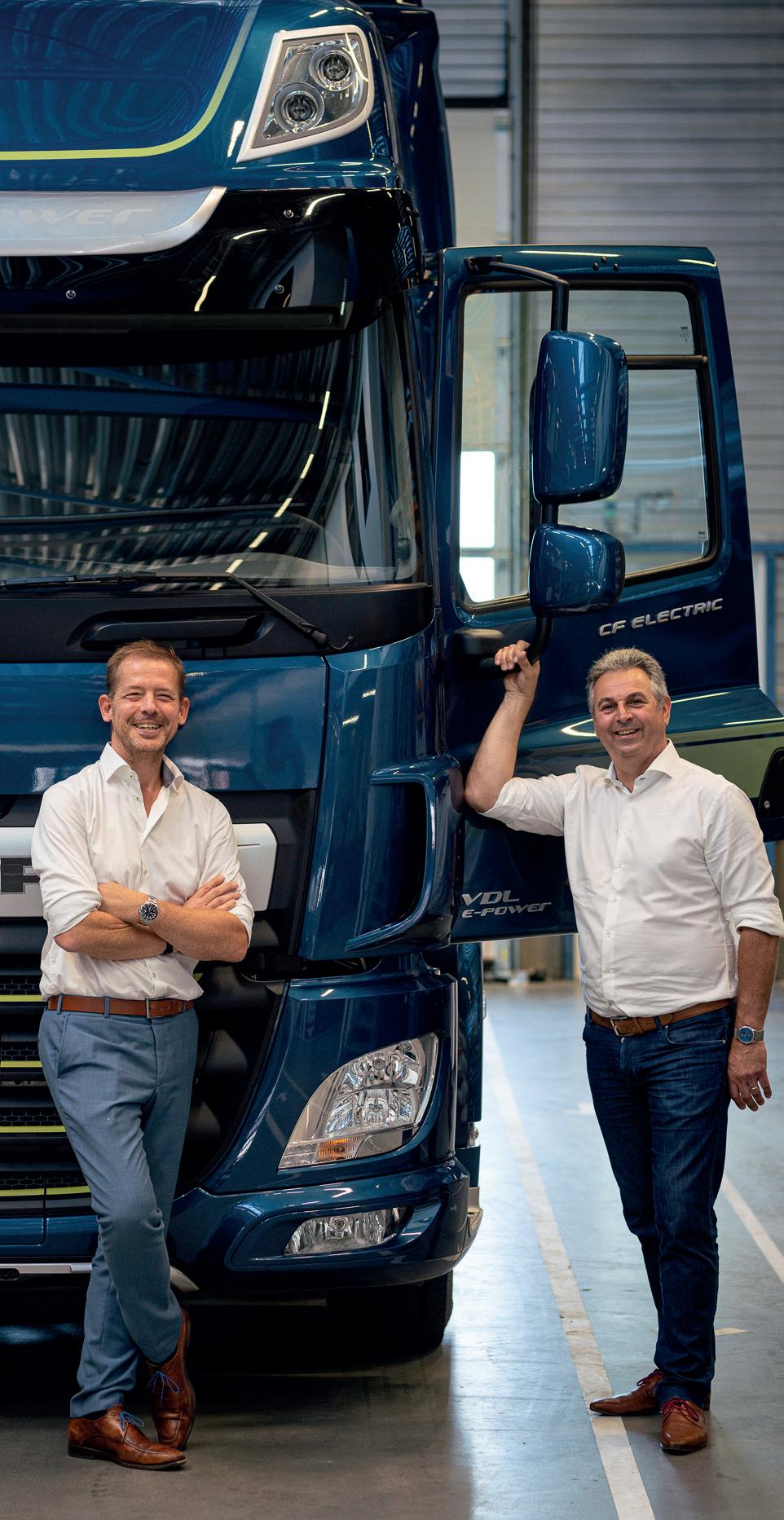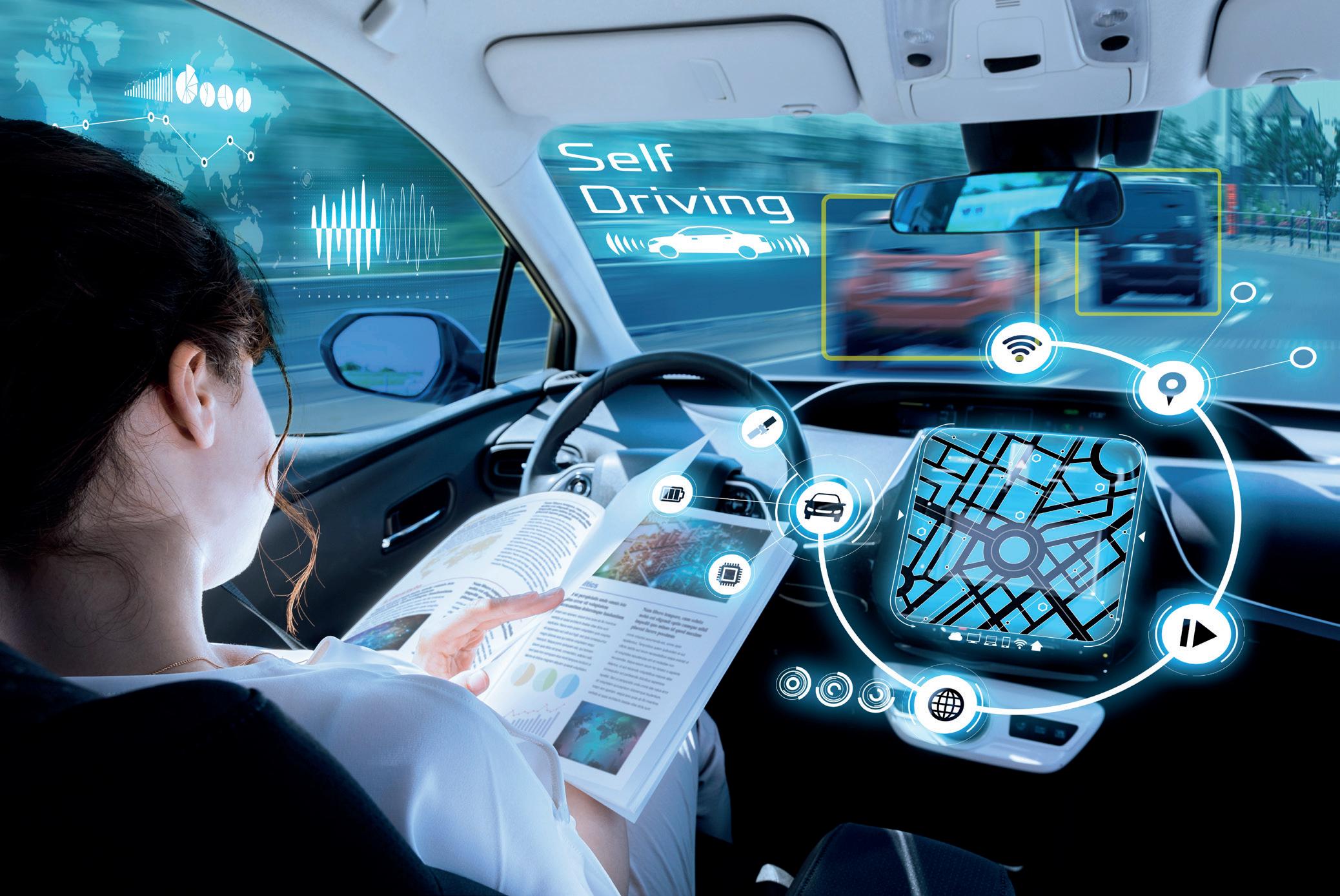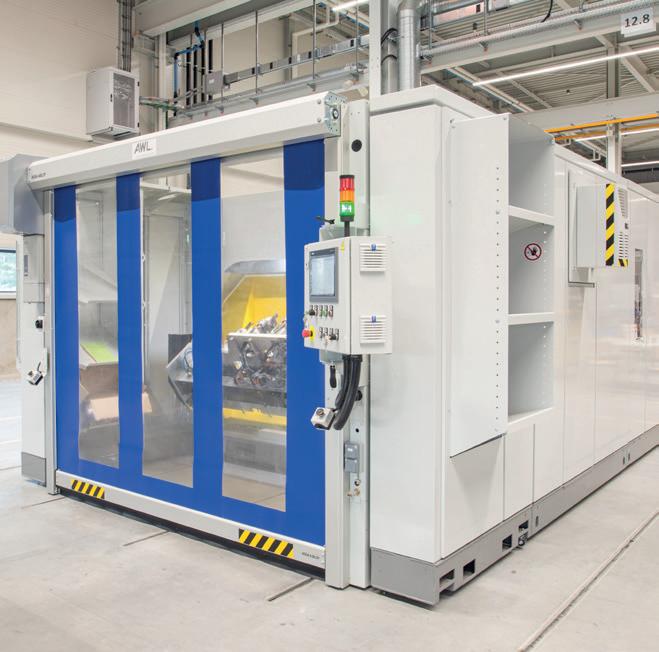Dutch Automotive Industry MAGAZINE | 2021 Manufacturing enables innovation for future mobility
Innovation as a necessity
Disruptive governments
Towards zero emissions
Towards zero accidents and zero congestion
Automotive Roadmap
Human Capital Virtual Reality in the Automotive Industry
1

















